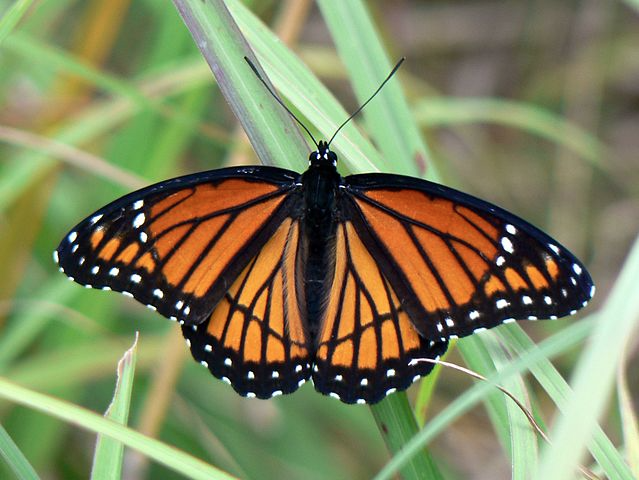The Nature of Protection
Updated on Auguest 13, 2024.
As a teenager at the Boy Scout Water Safety Summer Camp, I had to toughen up in a short amount of time. I watched the other boys-to-men-in-training. They were developing quite a vocabulary of cool profanity. Not being at home where my Dad would correct me, I tried the Cloak of Profanity on for size. Wow! Yeah! I can certainly use this to keep people away!
Back to my profanity evolution in a minute.
One cool weekend evening about a month ago, my wife and I were sitting on the back porch watching the day coast to a halt. It was a pretty evening with a butterfly - it looked like a monarch butterfly - flitting about. It seemed too early in the year for monarchs to be passing through. Naturally, I had to look it up.
As expected, the monarch is often confused (by us amateurs) with another butterfly that’s often seen in the spring in North Texas: the Viceroy butterfly.

Here’s the crazy thing. The Monarch butterfly and the Viceroy possess similar coloration. Those colors may be beautiful to humans, but the colorations themselves are a warning to many other creatures. Over eons, many defenseless creatures have evolved their colors after other creatures. In the case of the Monarch and the Viceroy, case, the monarch and the viceroy - both whose taste is awful - have come to share similar coloration over time as a shared nature warning: eat us at your peril. This is one of several kinds of mimicry designed for protection. Two of those mimicries are called Mullerian mimicry and Batesian Mimicry.
Even more amazing? Many species have adopted these shared colorations for warning purposes:
Müllerian mimicry was first identified in tropical butterflies that shared colourful wing patterns, but it is found in many groups of insects such as bumblebees, and other animals including poison frogs and coral snakes. The mimicry need not be visual; for example, many snakes share auditory warning signals. Similarly, the defences involved are not limited to toxicity; anything that tends to deter predators, such as foul taste, sharp spines, or defensive behaviour can make a species unprofitable enough to predators to allow Müllerian mimicry to develop.
Coral snakes? Yes, coral snakes. Think about their coloration: red to yellow, kill a fellow; red to black, venom lack. This is an example of ring colorations.
The following week, I was shuffled off to regular camp. Because I was so cool, I jumped off the dock into shallower water than I should have. I sprained my neck. So, profanity came happily to mind with my neck cramps. Plus, other campers were annnoying me. Finally, my Scoutmaster was irritating. The pressure was coming to a head.
After a particularly notable outburst with my cool new protective profanity cloak, my SCoutmaster sat me down in his tent and - gently, but firmly - talked to me about who I was, how this was not - in any sense - me. He didn’t threatent to tell my Dad. He just talked. “Mike. You’re a good kid. You don’t need to use profanity. It doesn’t fit you. It isn’t you.”
We often learn to protect ourselves by watching how others - our parents, friends, teachers, and peers - learned to protect themselves.
- Viceroy Butterfly picture courtesy: Limenitis archippus CramerBenny Mazur from Toledo, OH, CC BY 2.0, via Wikimedia Commons)
- Mullerian Mimicry
